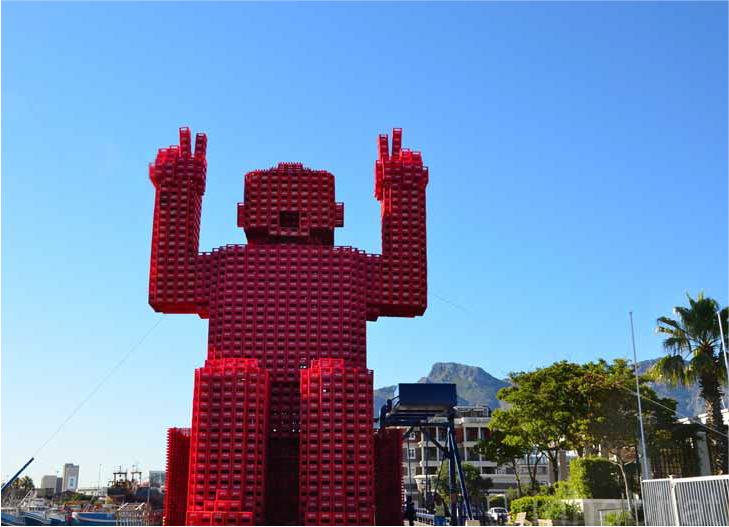Eighteen months ago I started a journey to build a product I believe needs to be in the world. A product that not only serves its end user, but also the community around it. The underlying principle for the project:
"Change consumers relationships with material resources"
And challenge our linear habit of building, consuming and disposing. We currently have a linear path from extracting virgin materials from the ground, using them and throwing them back.
Early Philosophy
This was based around taking technical constraints and using them to fuel innovative solutions. These constraints are often black and white and outlined in the client brief or supplier quotes. When building a product from scratch you have the luxury and burden of writing your own brief.
The original aim for Into was to show how we can build products using up-cycled and recycled materials. We would intercept materials on their way to landfill and reintroducing them as useful product solutions. Through developing the product and systems around it the brief has expanded its goals and narrowed its focus.
A little help along the way
While conceptualising the project was fortunate enough to be accepted into the Bench 2 Business Program hosted by Space Tank Studio. The program covers key aspects of growing a product business including user research, manufacturing and business operations. The B2B program helped identify areas to innovate in outside the products manufacturing. A key component to these discoveries was through the Design For Manufacturing lecturers hosted by Philippe Guichard.
New Philosophy. The Triple Bottom Line
This opened the door to developing Into into a business that gives equal importance to people, planet and profit. Into's philosophy is based around satisfying this triple bottom line. We endeavour to build a system that considers the end user, the client and the planet with equal importance through the operations of the business.
Uhh, duhh?
It sounds obvious right? Why wouldn't we design a product that satisfies people, planet and profit? But the reality is, building a product that satisfies these three bottom lines can present a classic case of square block, round hole. It presents triple the amount of constraints, all with equal hierarchy and importance.
To best achieve these three goals, the design team needs to identify and understand each stakeholder and their involvement in the design, production, distribution, life cycle and end of life of the product.
Stakeholders > Shareholders
By considering all stakeholders involved in the business we develop an understanding of the small and large interactions the product will have through its life. Each of these interactions is a touch point, the better we understand them the better we can plan for them.
For example; empathising with the delivery persons needs we can design a packaging system that is easy for them to transport. Same goes for the factory workers manufacturing parts. The more aspects of the business we can empathise with, the better chance we can satisfy people, planet and profit.
Empathising with various touch points early in the design process allows a design to develop in harmony with existing systems, minimising future roadblocks and capitalising on potential opportunities.
"We aim to develop products that kicks butt for our users while promoting a different way to treat material resources"
We look forward to sharing this journey with you.

